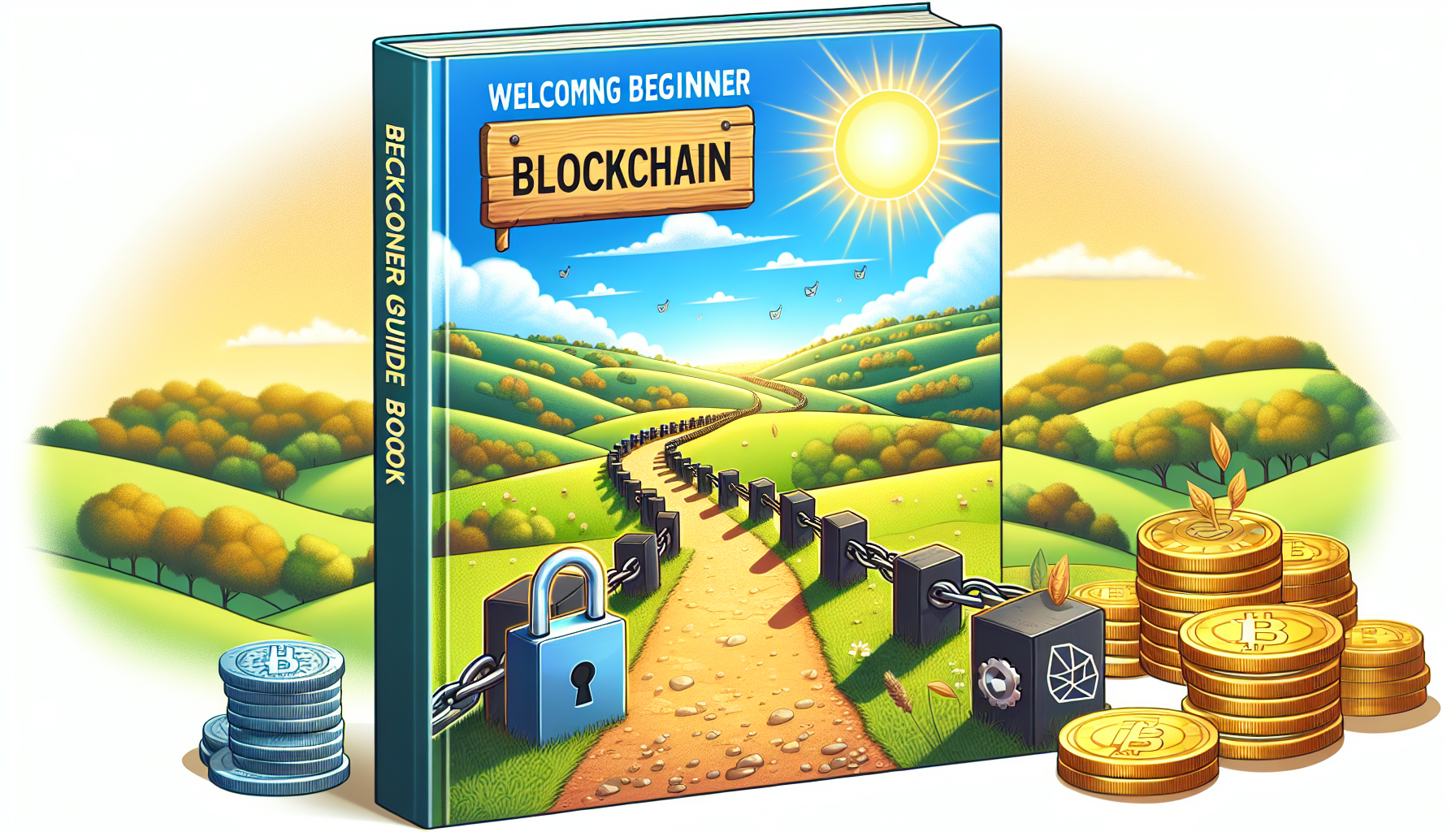What Exactly *Is* DeFi?
Okay, let’s break it down. DeFi is basically a bunch of financial applications built on top of blockchain networks, like Ethereum. This means no banks, no brokers, nobody in between you and your money. You interact directly with these applications, using crypto wallets and smart contracts. Think of smart contracts as digital agreements that automatically execute when certain conditions are met. Pretty neat, right?

Setting Up Your Digital Fortress: A Crypto Wallet
First things first, you’ll need a crypto wallet. This is where you’ll store your digital assets – the crypto you’ll use in the DeFi world. There are a few types of wallets, but for beginners, I usually recommend a software wallet. MetaMask is a popular choice, and it’s pretty user-friendly. Just head over to their website, download the extension for your browser, and follow the instructions to create a new wallet. Important! Make sure you write down your seed phrase (a set of 12 or ) and store it in a safe place. This is your key to your crypto kingdom – lose it, and you lose access to your funds. Don’t screenshot it or save it on your computer. Write it down on paper and hide it somewhere secure. I know, it sounds a bit dramatic, but trust me, it’s essential.
Connecting to a DeFi Platform
Alright, you’ve got your wallet set up. Now it’s time to connect to a DeFi platform. There are tons of them out there, each offering different services. Aave and Compound are popular for lending and borrowing, Uniswap and SushiSwap are for trading (swapping) one crypto for another, and Yearn Finance is for yield farming. For simplicity’s sake, let’s say you want to try lending on Aave.
- Head over to Aave’s website (make sure it’s the real one!).
- Click on the “Connect Wallet” button.
- MetaMask (or whichever wallet you’re using) will pop up, asking you to grant permission to connect to Aave.
- Approve the connection.
Voila! You’re now connected to a DeFi platform. See? Not as scary as you thought!
Dipping Your Toes: Lending and Borrowing in DeFi
Now that you’re connected, let’s try something simple: lending. Lending in DeFi is basically providing your crypto to a platform so others can borrow it. In return, you earn interest. It’s like being a bank, only without the fancy building and the long queues.
- On Aave, you’ll see a list of available assets you can lend.
- Choose an asset you have in your wallet (e.g., ETH, DAI, or USDC).
- Enter the amount you want to lend.
- Approve the transaction in your wallet (MetaMask will pop up again).
- Pay the gas fee (a small fee to compensate the Ethereum network for processing your transaction).
And that’s it! You’re now lending your crypto and earning interest. You can track your earnings on the Aave platform. It might seem like a lot of steps at first, but you’ll get the hang of it quickly. Borrowing is similar, but you’ll need to provide collateral (another crypto asset) to borrow. I wouldn’t recommend starting with borrowing, though. Stick to lending until you’re comfortable with the process.
Staying Safe in the Wild West of DeFi
Okay, this is crucial. DeFi is still a relatively new and unregulated space. That means it’s also a playground for scammers and hackers. You need to be extra careful and protect yourself. Here are a few tips:
- Do your research: Before using any DeFi platform, research it thoroughly. Check its reputation, audit history, and the team behind it. Don’t just jump into anything that promises high returns.
- Start small: Don’t invest more than you can afford to lose. DeFi can be volatile, and things can go wrong.
- Double-check everything: Before approving any transaction in your wallet, double-check the details. Make sure you’re interacting with the correct contract address and that you understand what you’re signing.
- Be wary of scams: Phishing scams are rampant in the DeFi world. Don’t click on suspicious links or share your seed phrase with anyone.
- Use a hardware wallet: For added security, consider using a hardware wallet to store your crypto offline.
Common Mistakes to Avoid
Besides security threats, there are a few common mistakes beginners make in DeFi. One is not understanding impermanent loss in liquidity pools. Another is overleveraging in borrowing positions. Also, watch out for rug pulls. You know, when the project developers just vanish with all the funds. So, yeah, tread carefully, folks!
Beyond the Basics: What’s Next?
So you’ve mastered the basics of DeFi. What now? Well, the possibilities are endless! You can explore yield farming, participate in governance tokens, or even dive into more complex strategies like providing liquidity on decentralized exchanges. The DeFi space is constantly evolving, so there’s always something new to learn. Just remember to stay informed, stay cautious, and never stop learning. This isn’t some get-rich-quick scheme, but a whole new system of financial possibilities. And who knows, maybe you’ll be building the next big DeFi protocol one day!

And that’s it! You’ve taken your first steps into the world of DeFi. It might seem overwhelming at first, but with a little patience and research, you can navigate this exciting new landscape and unlock the potential of decentralized finance. Just remember to stay safe, stay informed, and have fun! Who knows, maybe one day you’ll be teaching *me* a thing or two about DeFi. Until then, happy DeFying!



